I primarily wanted a new swimsuit to wear under a wet suit while scuba diving. I have tried different combinations of undergarments over the years and I found two halves easier than a full swimsuit, so due to not wanting to buy more plastic, had settled on wearing an old sports bra and swim shorts I found in a charity shop. Not the most glamorous! So it was a treat to pick something designed more appropriately for the job. The model I chose was the Hepburn. It's designed with activity in mind and is more substantial than almost all bikinis I’ve ever seen. The tops are sized like bras so you can get a really good fit and decent boob support, with the arms of the top being cut low enough that there's no chaffing when swimming lengths in a pool. I chose high-waisted bottoms for comfort under neoprene, and you can pick the size of the bottoms independently from the top which makes a lot of sense. The range also includes full suits and more skimpy numbers in a huge range of size options so they have something for everyone.
All Deakin and Blue have high sustainability credentials. Their website explains that the material used is "ECONYL® - a 100% regenerated nylon fibre made from post-consumer waste such as old fishing nets and industrial plastic." They are also built to last and are made tougher than most other products. The material feels nice against my skin, dries well and holds up to saltwater, swimming pools and waterfalls. A solid month of 3 dives a day in sea water and being dried in direct sunlight and I've seen no change in colour or stretchiness. The first time I wore it was at the stunning Roberto Barrios waterfalls near Palenque in Mexico, where it dried quickly enough that I didn’t need to perform an awkward towel dance to change my underwear in public! However, awkward towel dances are made easier with the front zip on the top. As demonstrated after swimming at the mossy green cavern that is the cenote in the heart of the city of Valladolid.
I’m so pleased to have found a product that suits my needs so well. I’m not at all comfortable wearing triangles held on with stringy bits and I need something that can offer support when lifting tanks and equipment on and off dive boats. The fact that Deakin and Blue have these design features covered is only made more brilliant by their eco friendly credentials - all happily delivered in beautiful, non-plastic packaging. I’m sure my new swimsuit will last ages but I know where I’m getting my next one.
So now for the swimwear model moment. Here is a picture of a real person, on a windy day, about to do her 800m snorkelling swimming test in the choppy ocean. Thank you so much Deakin and Blue for the swimsuit and for the confidence you’ve shown in me in providing me with a product.




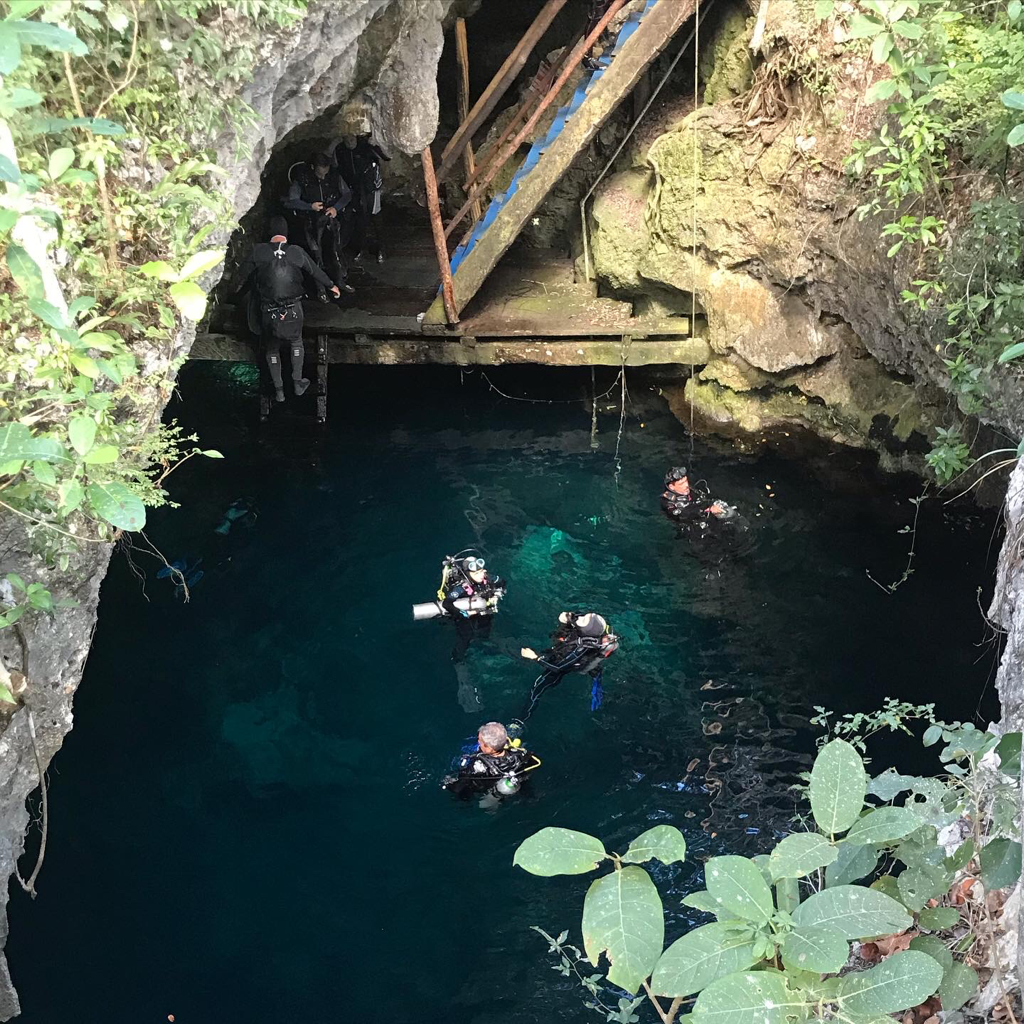
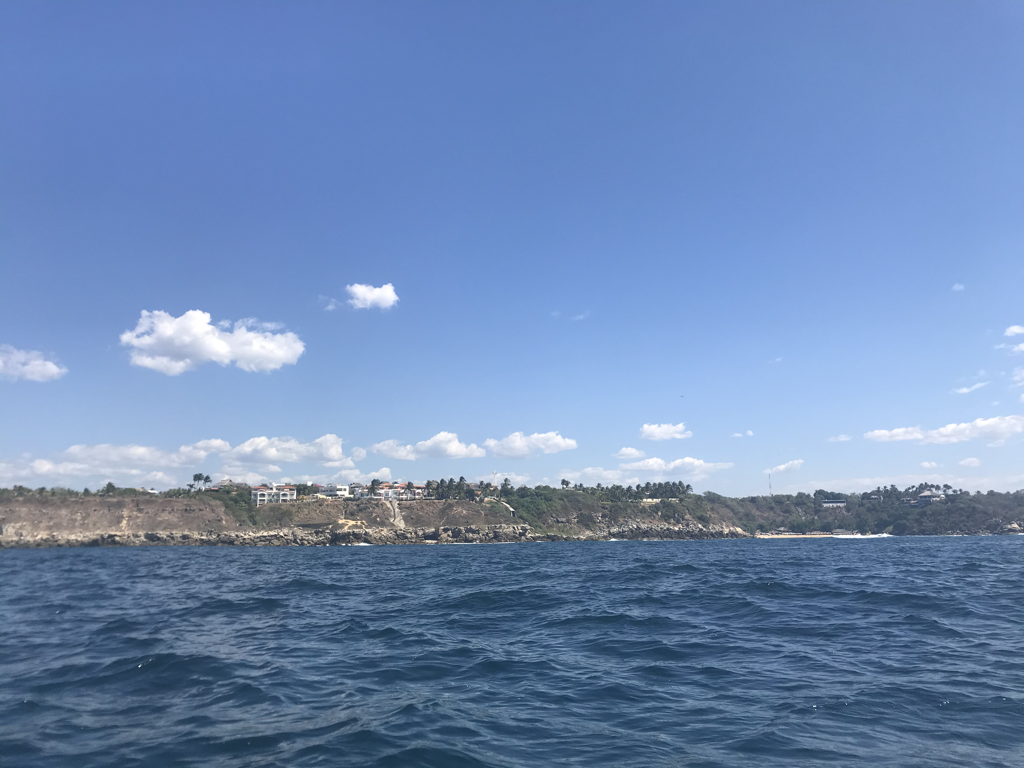
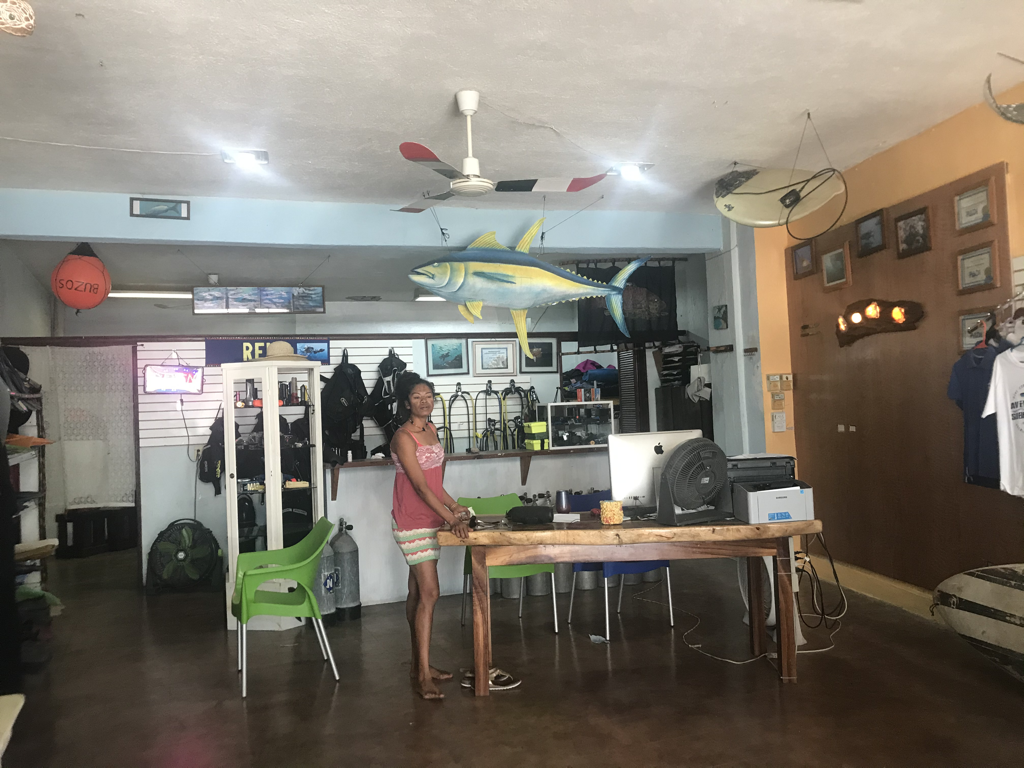
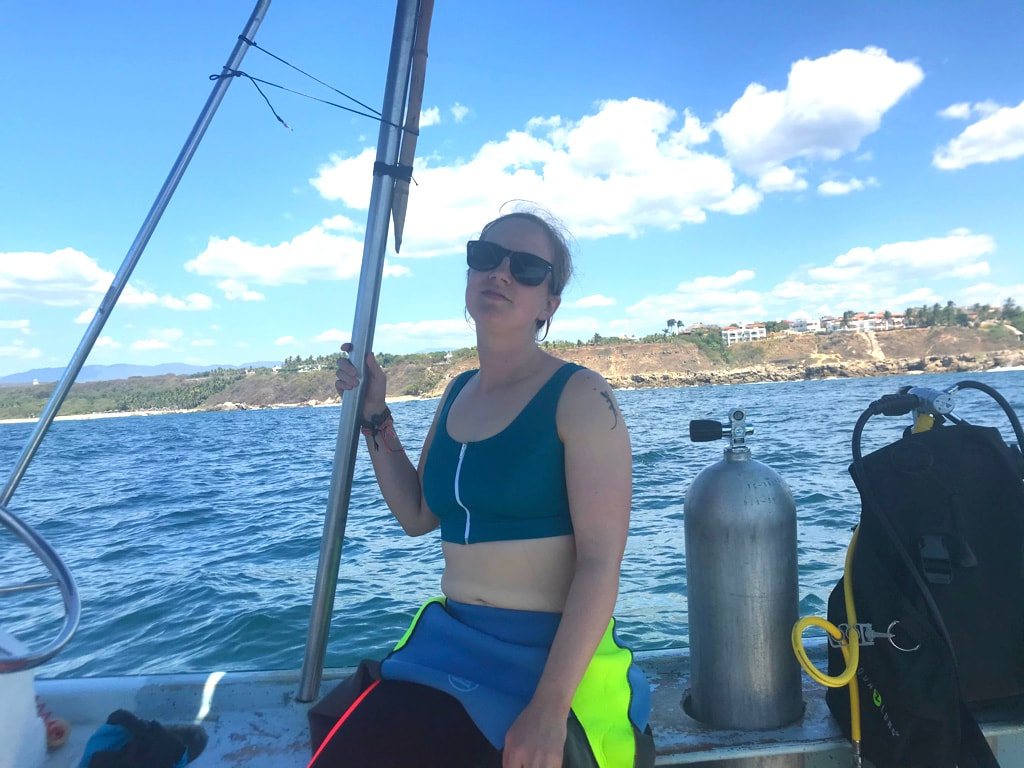
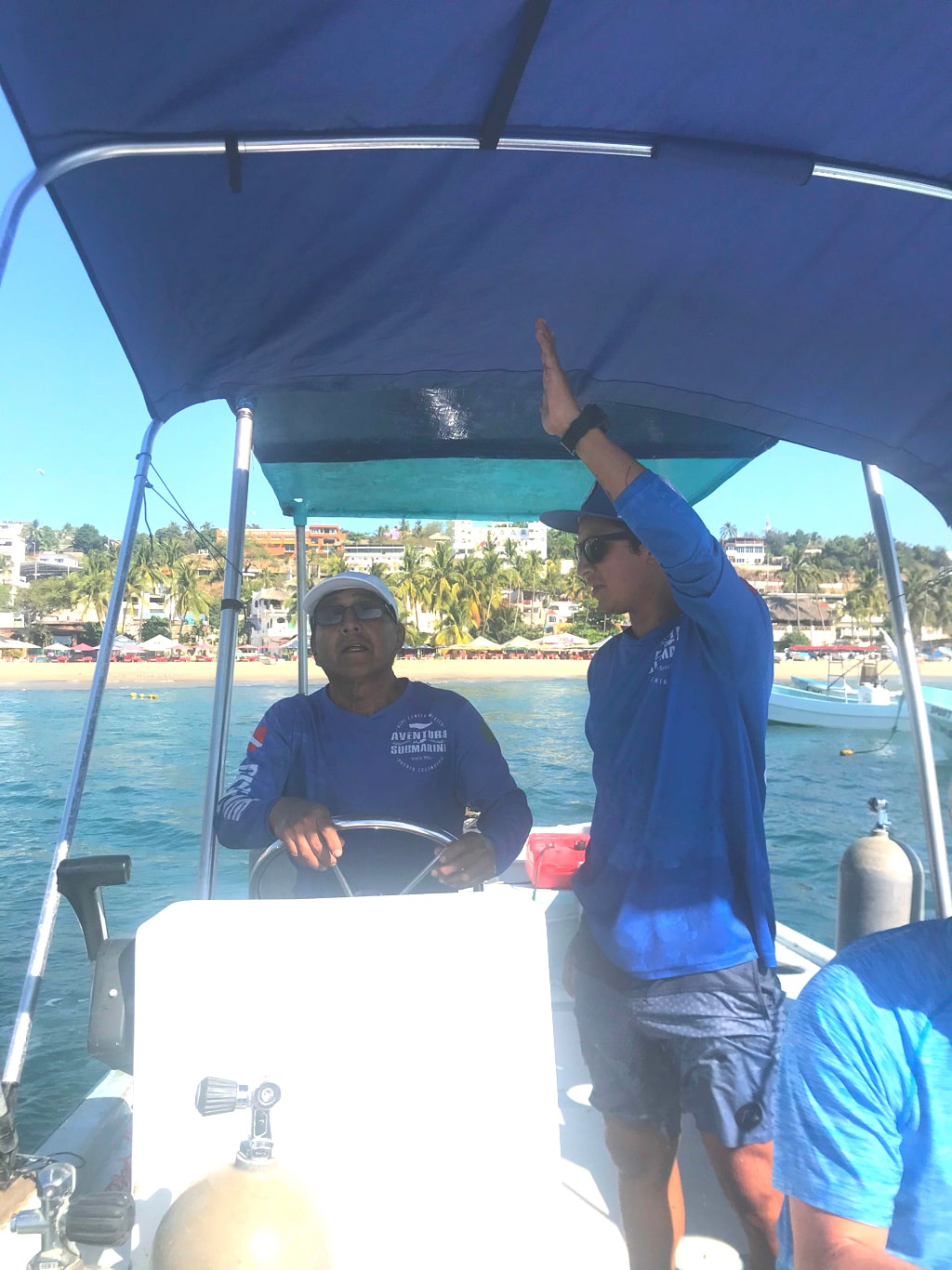
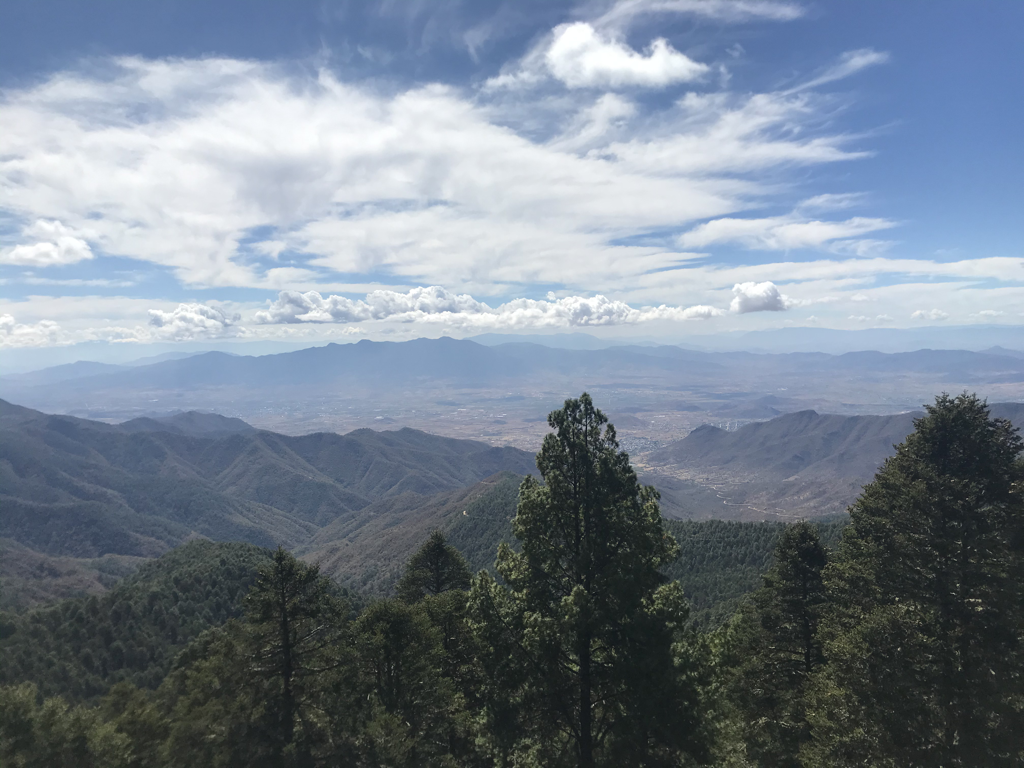
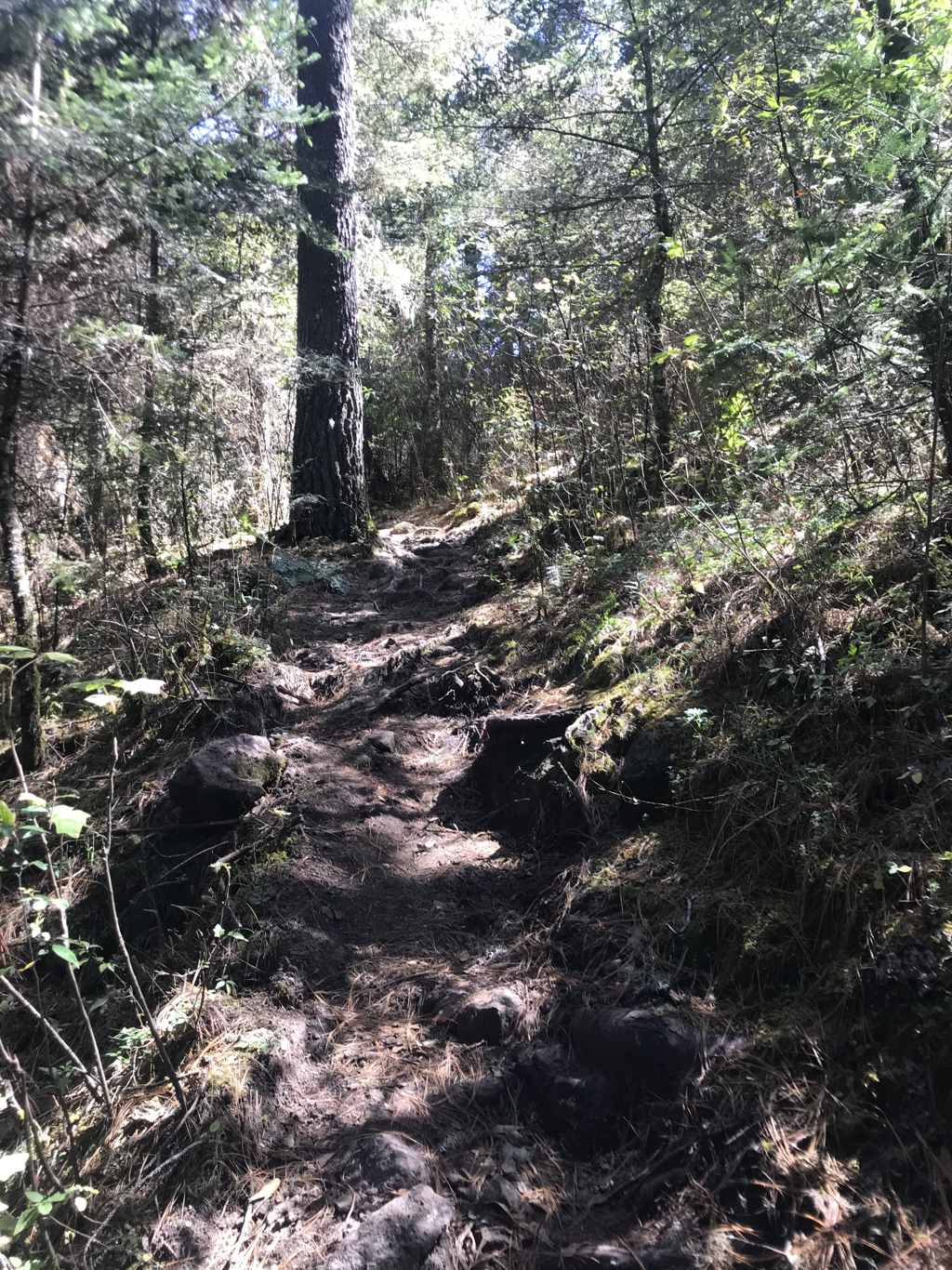

 RSS Feed
RSS Feed
